|
Berlin is a modern city. Partially by choice, partially not. Barely 25 years after unification, the city’s sprawling landscape is dotted with reminders of its tumultuous past, set amidst a culture of reinvention. Innovative and cutting edge, the city is at the forefront of environmental initiatives, and was recently named the sixth most sustainable city in the world by Arcadis, a leading global sustainable design and consulting firm. Our first day in Berlin and we're doing pretty much nothing thanks to a 6am flight from Bergamo (near Milan). We're beat and spend the afternoon limping around our new neighborhood on the outskirts of Neukoelln, a trendy young area in the southwest of the city. But after a good night's rest we utilize the omnipresent public transportation system to take in Berlin's best. Two U-Bahns and an S-Bahn later and we're at the central station, a few blocks away from the Reichstag building, Germany's government headquarters. Famous for its melding of classic and modern architecture, the Reichstag features a massive glass dome with a spiral ramp that twists to the top, offering both views of the city and downwards to the government floor. A reminder of this country's very turbulent history, the view onto the government chambers is symbolic of the people of Germany keeping a close eye on their leaders. While tourists climb to the top (make sure to book an appointment ahead of time) Berliners picnic and play games on the grassy expanse in front of the building, an area that was once used for political demonstrations. To the south, the center tip of Tiergarten, the city’s famed 2-square mile park, makes way onto Brandenburg gate. We snap a few photos, but move along quickly, out of the way of the hordes of tourists. After taking in a few of the "required" sights, we're off to enjoy a much more relaxed German tradition, the Biergarten. Though traditionally more closely associated with (and rightfully so) Bavaria, Berlin also has its fair share of incredible beer gardens. Many are tucked within one of the city's 2500 parks. We stop at the well known and a bit touristy Weihenstephaner near Hackescher Markt. In all truthfulness, the moment we actually arrive in Germany is the exact moment we sit down in the warm afternoon sun at a long wood table and quickly drain two tall half liter glasses of Hefeweizen. Feeling a bit buzzed and ready for the next "garden" we take off south, making the long walk back to our flat, our minds awash with visions of even bigger glasses of this unfiltered amazingness. The next couple days lead to more exploration, including the famous Checkpoint Charlie and the brutally informative Topography of Terror. But at this point we're addicted to the beautiful, almost gratuitous, and awe inspiring parks of Berlin. While the Tiergarten and Friedrichshain are wonderful, we can't get enough sunsets at Tempelhof Field. Originally an airport that served as the center of the Berlin Airlift during the Cold War, it was recently converted to a massive park. We find it just before the sun goes down on our third night in Berlin. Cyclists ride amongst the former runways, crowds gather to take in the eclectic sounds of a German reggae band and groups of friends barbecue as others spread out among the expansive community garden, filled with upcycled benches, tables, and decks. In a park with so much open space and mass, the thousand (or so) people feel like a few dozen, and we happily people watch as the sun goes down. Berlin does summertime well. With average temperatures in the winter months bordering on freezing, getting out and enjoying the sun when it’s available is a must. As we pass from neighborhood to neighborhood, a few truths about Berliners become evident. One, they enjoy their kebab. Two, they really enjoy their beer. If it’s afternoon and the sun is out, people will be drinking beer. Old men on benches, college students, twenty somethings, thirty somethings… everyone has a beer in hand. And why not? It’s beautiful outside, there’s plenty of public transportation to make your way home, and the plethora of absolutely fantastic parks offer the perfect place to kick back and drink a few with friends. Throughout the next few days we manage to explore a large portion of the city, yet we pack our bags feeling like there’s so much more left to see. Berlin turns out to be everything we had read - multicultural, hip, spirited, and modern, all in spite of (or maybe as a result of) the not-so-distant past. It was a mix of Hefeweizen, blankets in the park, sightseeing, learning, and reflection. A highly charged and busy visit, blanketed with an air of relaxed summertime energy. One thing is certain… it was too short and we will be back.
2 Comments
Nestled between the massive Lago di Maggiore and much smaller Lago Varese, on the side of a mountain and within a forested nature park, is the tiny town of Cerro, our home base for the week. Barely qualifying for the title "town," Cerro consists of a handful of ancient buildings, a church (with a very enthusiastic bell ringer), and a gang of pre-teen Italian boys that cruise the narrow streets on their bicycles each night. A large sign at the town's parking lot (the streets are too narrow for most cars to drive through) reveals that its location within the Campo Di Fiore nature park also makes it the starting point for multiple trails that twist through the mountains behind. We’ve read that Lake Maggiore is where the Italians holiday, and serves as a beautiful, less costly alternative to the famed (thanks a lot, Clooney), Lake Como. As the second largest lake in Northern Italy, it’s long and narrow, extending about 40 miles south to north and just 6 miles across, all the way up into Switzerland. However, after a few days in Cerro, we learn that it’s not just the lakes that make this region special; it’s the peace and calm of the mountains, the mild climate and slow and relaxed vibe of the towns that fit in between. Northern Italy’s lake region is made up of many lakes of many different sizes. Each one is surrounded by tall lush mountains and dotted with small towns and villages that spill down hillsides to the water’s edge. The climate is mild (the annual average temperature is 60 degrees) and lakeside residents enjoy 2300 hours of sunshine a year. When we visit in late July, summertime at the lake is in full force, with people boating, waterskiing, fishing and eating every meal al fresco. The flat we've rented for the week sits within a gated garden, up a short flight of wooden stairs. It has a spacious kitchen and an upstairs loft with shutters that open to a mountain view. It’s quiet, peaceful and the perfect place for a week of lake life, Italian style. Non-stop travel can be tiring and after nearly four months, we’ve really started to appreciate the stops that don’t include a lengthy sightseeing list. Instead, we relish in the lack of agenda, sleeping in, running the mountain trails, cooking dinners, sipping wine and eating gelato by the lake. On our third day the sun finally pokes out after a stormy morning, inspiring us to throw on our running shoes and explore the mountainside we’ve been calling home. We stand in front of the map and agree to take on the longest trail, to Forte Di Orino at the top of the mountain. We set off on our 4.6 kilometer trek up, up, up, and hike through variations of dense forest reminiscent of an episode of Game of Thrones. As we climb, we hypothesize what we have in store for us at Forte Di Orino. Ryan taps into his college Spanish vocabulary and recalls that “oro” translates to gold en espanol (having forgotten the name of the fort and replacing orino with oro…). With visions of a gold fortress awaiting us, we continue to climb until the trees thin and the summit nears. After a solid two hours of hiking, we arrive at Forte Di Orino, a 3-foot tall old rock wall that was once a small hilltop fort. Far from a gold fortress, it's remarkable nonetheless. The views from 3720 feet are incredible and we gaze down at three different lakes, small villages nestled in the valleys, Switzerland to the east, and the Matterhorn in the distant west. Like most hikes with a steep ascent, the view makes the effort worthwhile. We squeeze out the last few minutes of daylight and arrive home at dusk. Over homemade minestrone soup that evening, we do some digging and learn that Orino is actually the town located 4 kilometers north of us. Looks like we’re getting a little lazy in our research. Life at the lake is perfect. A cozy retreat made up of rainy mornings, a lot of time in the forest and a few lakeside dinners out. We celebrate our first anniversary together and reflect on the last year, proud in what we’ve accomplished and resolved that we’re exactly where we want to be. It’s difficult to leave what could only be described as a perfect vacation, but we’re trading pasta for potatoes and wine for beer as we pack our bags for our sixth country: Germany.
Although our stint in Bologna is short and sweet, it doesn’t take long to get a feel for this Northern Italian epicenter of food and culture. We eat, we wander, we drink, we picnic, and after less than a week in, we collectively declare that Bologna is the coolest city in Italy. Now, we definitely don't take that statement lightly and neither should you. Which is why we have plenty of evidence to back it up. So if you’re ready to have your mind blown with Italian awesomeness, please, read on. Porticoes At the beginning of the 12th century, nearly 40 kilometers of porticoes (roof structures built over walkways and held up by columns) were built throughout the city to support the recent population growth spurred by the newly founded University of Bologna. Not only are these porticoes very cool to look at (tall archways in various colors and heights), they’re also incredibly practical. Shielding residents from rain in the winter and the blistering summer sun, portico lined streets are a beautiful symbol of this unique city. The food Close proximity to Parma (Parmigiano Reggiano), Modena (Traditional Balsamic Vinegar), and Tuscany (um, wine!), means that Bologna is essentially surrounded by the world’s best ingredients. And the city’s food scene might just utilize that bounty of riches, as well as many other flavors, better than anywhere else in Italy. From fancy white table cloth restaurants, to modern and innovative eateries, to the most mouthwatering takeaway fresh pasta you’ve ever had, the options for amazing food are limitless. Summer movie nights One of our single best experiences was joining thousands of people spread out among the church steps, chairs and cafe tables of Piazza Maggiore at midnight in the center of Bologna to watch Grand Budapest Hotel under the stars. Every single night throughout the three months of summer the echoes of classic films played on a massive screen in the historic piazza creates a feeling that's impossible to replicate. (Oh, and did we mention it’s free?). Aperitivos Aperitivos, a northern Italian tradition, are spectacular in Bologna. Similar to the Spanish tapa but enjoyed before dinner, aperitivos are drinks served with an assortment of free snacks. Sometimes this means green olives and potato chips, while other bars and restaurants may include pizza, focaccia and even more elaborate bites. The fact that they're so commonly shared in the fading sunlight of a beautiful piazza in Bologna, puts this drink/snack combo over the top. Bolognina Bologna is so cool, one of the neighborhoods just outside the city center is named Bolognina. It’s like Bologna’s younger sister, looking up to it’s cool older sibling, desperately wanting to hang out with the big kids. But seriously, it’s an awesome multicultural neighborhood with a totally local feel that’s worth checking out. It’s also where we rented an awesome flat through AirBnB. Asinelli, the tallest tower in Italy Standing 97.2 meters high (that’s just under 319 feet) is Asinelli tower, the tallest in Italy, looking proudly over the rest of the city. Built in the 12th century, it was once one of hundreds of towers representing the wealthiest families of Bologna. For only a few euros you can climb the winding wood (sometimes tilted) stairway to the top for an incredible view of the city. Unlike the rest of Italy, it doesn’t cost more to drink your cappuccino at a table Sitting down to enjoy a cappuccino in most Italian cities will cost you, but not in Bologna. Here you can enjoy this beautifully foamy drink at a cafe table for the same price you’d pay at the counter. Cutting out the (pricey) service fee charged almost everywhere else just adds to this amazingly pleasant experience. The oldest university in the world Founded in 1088, the University of Bologna is the oldest university in the world, which is pretty rad. With over 80,000 students, it has a major influence on Bologna’s young and vibrant culture. Correttos Now, to be honest, we were completely unaware of Caffe Correttos before arriving in Bologna and have since learned that they are available in other places too. But we discovered them in Bologna so they make the list. What, you ask, happens with a caffe corretto? Booze happens. That’s right, you get a nice little shot of liquor on top of that creamy espresso (for practically the same price). A lot of people go with Grappa, but we recommend sambuca, which we’ve quickly became addicted to. Just imagine a black licorice and espresso jelly belly combo and you get the idea. We’re still not sure why Bologna hasn’t made it on the Venice-Florence-Rome Italian city circuit and to be honest, we’re a bit hesitant to spread the word. It’s slightly less traveled, a lot less touristy, and a really amazing choice for a cool Italian city vacation. Just promise you won’t tell your friends. In case you aren't convinced, here's more proof... The sun beats down on bone dry river beds and golden hills roll past as if on conveyor belts. Driving past rows of grapevines, the landscape starts to feel familiar. There’s this thing that happens when traveling for awhile, when you need a few seconds to figure out where you are, what day it is and where you need to go next. Here in Toscana (Tuscany as we call it), this process takes a bit longer. It looks like home, it feels like home, but it’s most certainly not Northern California. Here’s why:
Looking down at our “map” (phone), we’re walking in the direction of a large, green square in the city center, hoping to find a park to lay down a blanket for our first picnic (of many, it turns out) in Italy. We walk quickly up Quirinal Hill, comparing the incline to that of Mason or Taylor Street in San Francisco (a common conversation on the way up a steep hill) until we reach the top of the highest of Rome’s seven hills. Looking around for the green square, we soon realize that the park is actually a huge garden tucked safely within the walls of the Palazzo del Quirinale, a 27 acre complex that serves as one of the three homes of Italy’s President. (We later learn that the palace, which is 25 times the size of the White House, has also been home to 30 Popes, four kings, and 12 presidents). While there is no park, there is a beautiful piazza, and an incredible view of the city. We’ve learned that the perfect spot isn’t always what we originally envision and agree that in this moment, our first night in Europe, this is where we’re meant to be. We lay our blanket on the palace stairs, pull out our homemade caprese sandwiches (fresh mozzarella, basil, tomatoes, olive oil and a pinch of sea salt on fresh baked ciabatta), and open our 2 euro bottle of wine. As the sun starts to set beyond the Vatican, the tiled rooftops of Rome turn pink. It’s the perfect welcome to Italy and we end up sitting on the stairs drinking wine until dark, before heading down to Trevi fountain for two scoops of gelato. Ah, Roma. The “eternal city,” the capital of Italy, home to over 2.6 million people and one of the most concentrated areas of ancient ruins in the world, all nestled within the bustling Centro Storico. Rome has everything you think of when you think Italy - grand piazzas, incredible food, beautiful fountains, narrow streets, large cypress trees and a gelateria or coffee bar on every corner. As one of the most visited cities in the world (7-10 million people visit each year), taking a selfie in front of the Colosseum or tossing a Euro into the Trevi fountain tops many people’s bucket lists. We’re visiting Rome in July, and it’s hot. After three months of Southeast Asian humidity, we expect the dry heat of Italy’s mediterranean climate to be a breeze. But there’s no breeze in Rome, and the daily 95-100 degree temps radiate off the city’s ancient stone. We run from one shade square to the next, eat a ridiculous amount of gelato, granitas, and fill up our water bottles at every fountain we see (relishing the luxury of having cold, clean drinking water so accessible). Our AirBnB apartment is about 20 minutes outside of the center in a local neighborhood called Torpignattara (about a 15 minute walk from the local hipster neighborhood Pigneto). The neighborhood is multicultural, “eclectic,” and entirely local. We channel our inner Roman and get into the Italian routine; each morning waking up and heading to the corner for cappuccinos at the local panetteria and coffee bar. It’s trial by error selecting bread for picnic sandwiches - English isn’t as prevalent in our hood - and we sit on the street amongst a group of old Italians in a cloud of smoke sipping our coffee. On most days we take the tram into the city center, getting lost in the web of tourist-filled streets. A few days we stick closer to home, exploring the local neighborhoods that surround Rome. It’s easy to see the sights of Rome, even without seeking them out. And that’s the magic of this place - the beauty is in the form of a surprise attack. Around every street corner, a classic building or ancient ruin pops up out of nowhere. Still, there are downfalls to being the ninth most visited city in the world. At the center, the crowds are thick, everything is overpriced, and the experience feels less than authentic. On our third day, we make the typical tourist mistake of bringing our cappuccinos to an outside table (like we do in our neighborhood) only to be shuffled back inside and told that the prices outside are different (inflated) for table service. It’s the afternoon and we know that ordering our caps after 10am is already a faux paux, but it’s one we’re willing to make in exchange for this perfect Italian creation. Our time in Rome is nothing spectacular and spectacular all the same. We walk and walk, and ...walk. We people watch. And every single day, we drink coffee, picnic, eat gelato and drink wine. Life is good here, and it feels like a well-deserved respite after the lost in translation experience of much of Southeast Asia. On our last day, we pick up our little red Fiat Panda, which we will drive north, slowly making our way to Italy’s lake region (with stops in Tuscany [Montepulciano, Siena, Chianti], Bologna, Modena, and Parma along the way). We completely acknowledge the fact that this - the next few weeks in our grand adventure - is a vacation that many people dream about. And you better believe that we’re relishing every second.
After nearly three months of traveling across Southeast Asia, it’s time to wrap things up. We’ve traveled through 4 countries, 23 cities, slept in an endless number of hotel/guesthouse/homestay beds (26 to be exact) and have taken 10 flights, 8 bus rides, 6 ferries, 1 train ride, and a seemingly endless motorbike ride. We’ve covered a lot of miles and had some awesome and not-so-awesome moments along the way. Here’s a list of the best, and most forgettable, moments from our 79 days in Vietnam, Cambodia, Indonesia, and Thailand (in no particular order).
The best moments in Southeast Asia
The most forgettable moments in Southeast Asia
So, obviously there are quite a few things about Southeast Asia we won’t miss. Some examples, you ask? Well, we definitely won’t miss constantly smelling like 100% Deet bug spray in a desperate attempt to avoid malaria and dengue fever. We won’t miss all-in-one bathroom/showers. We won’t miss the (pardon our French) shitty roads and ridiculously long bus rides, or having to buy bottled water everywhere. We also won’t miss the bland, monotonous Asian lagers and pilsners, the presence of very large rats and poisonous SNAKES, and least of all, super sketchy ferry rides. But there’s plenty more parts of Asia that we will truly miss. First and foremost, the food! It’s delicious, accessible, and super cheap. The way these countries balance flavors, especially hot and cold, spicy and sweet, is unbelievable. It’s difficult to find authentic food of this quality in the United States. Southeast Asia is also a really, really beautiful part of the world where natural wonders seem to pop up out of nowhere. Ha Long Bay, Vietnam, the mountains of Northeast Thailand, Koh Phi Phi, and Ubud, Indonesia are just a few of the truly amazing places we will never forget. We’ll also miss the people, who so often were incredibly gracious, humble, and welcoming to us. We made some great friends along the way that we’ll stay in touch with for a very long time. We’ll miss our favorite snacks, like green tea Cornetto ice cream cones, Paddle Pop popsicles, Milka Crackers and banana chips. We’ll miss the motorbikes that are EVERYWHERE in SE Asia, sometimes with entire families (up to 5 or 6 people) all riding together. We’ll miss Buddhism, Hinduism, and the beautiful temples that dot the tropical landscapes across these countries. We’ll miss 50 cent bottles of beer, Vietnamese coffee, Indonesian Arak, one dollar smoothies, and fresh fruit (mangoes, coconuts, passion fruit and apple bananas) everywhere. We stayed in some very beautiful hotels and homestays for very little money, which we’ll definitely miss. But most of all, we’ll miss the feeling of freedom; of being unattached to the pressures and stress of the western world. Life exists in a different way there, with a stronger connection to the very simple, but very important, parts of life. There’s such beauty in this simplicity, which is found everywhere in Southeast Asia. This way of living, unattached to the western version of “success” and grounded in family and tradition, is something we won’t only miss, we’ll do our best to take home with us. |
Cohica TravelA travel design agency. Categories
All
Archives
October 2023
Follow us on Instagram @CohicaTravel
|






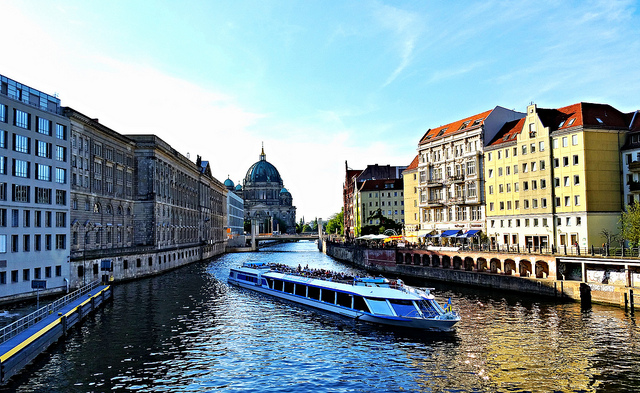







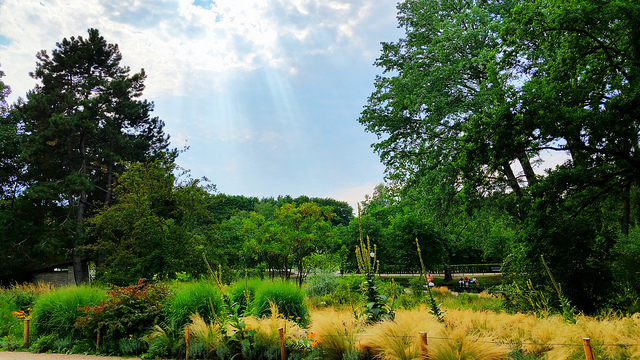










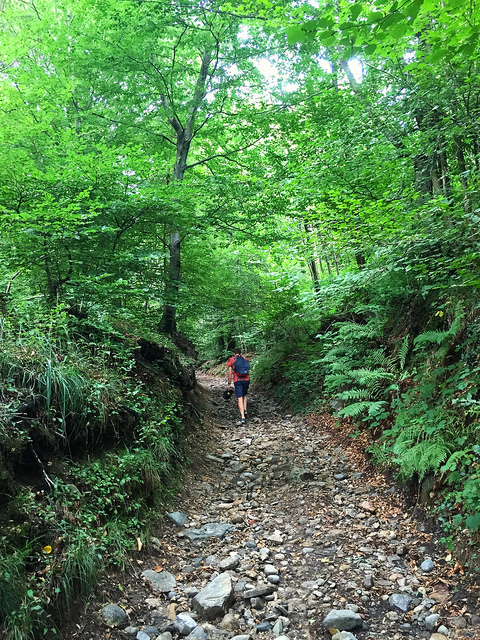












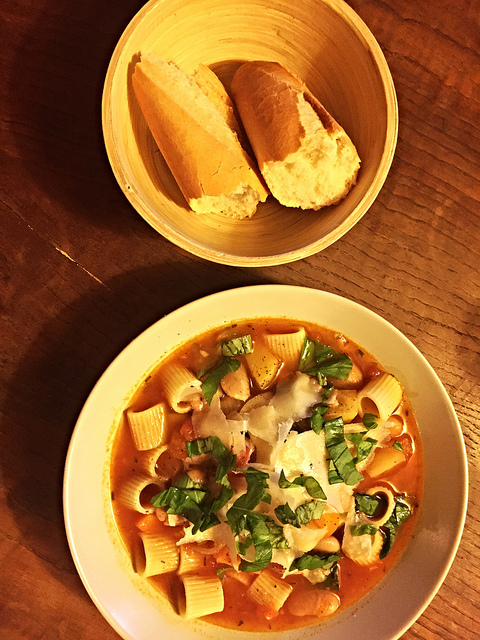





















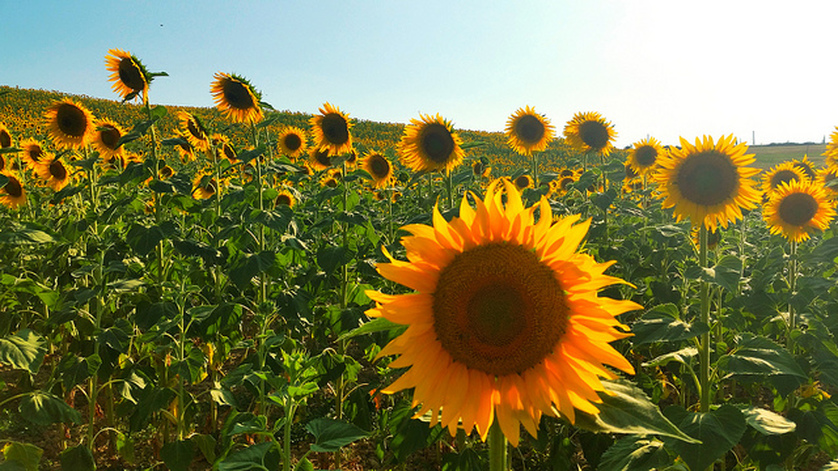



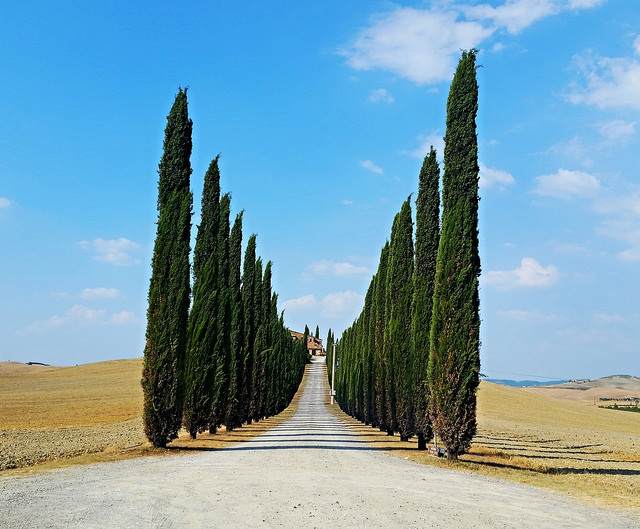



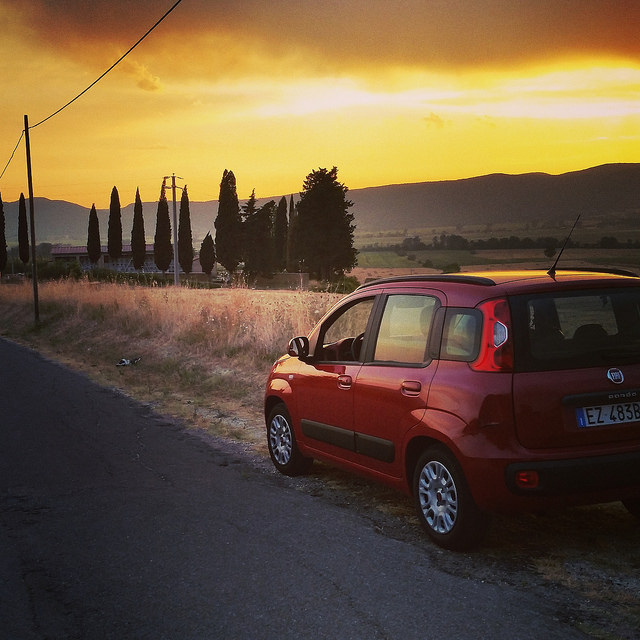



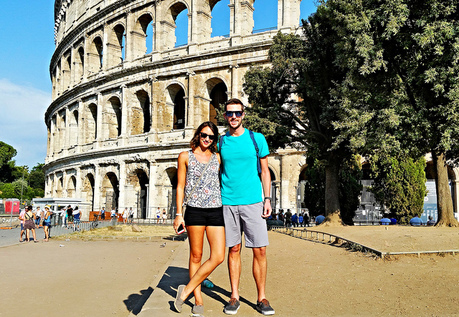









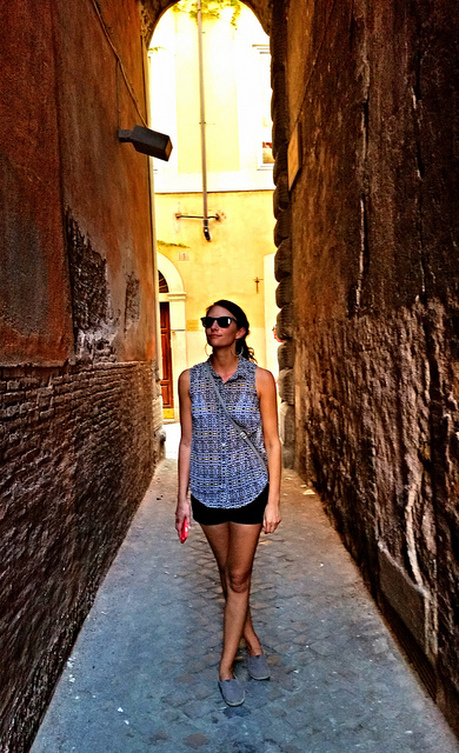











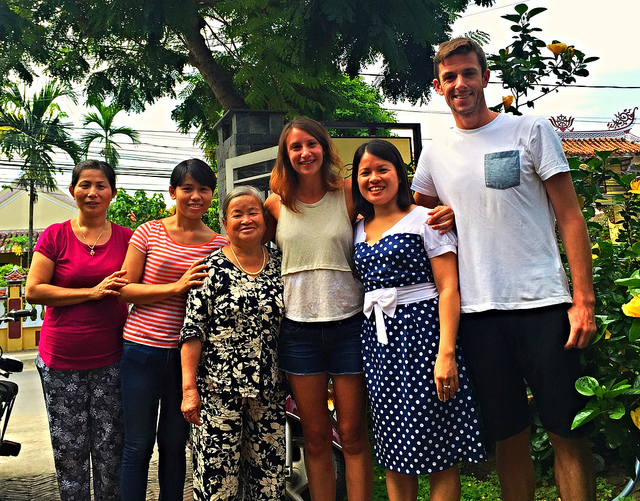


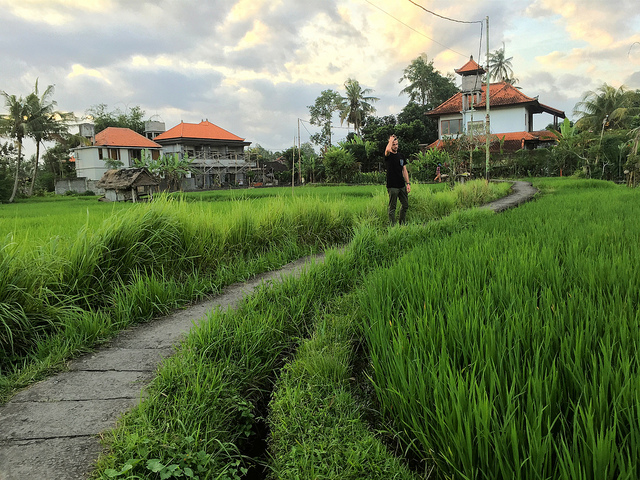







 RSS Feed
RSS Feed
